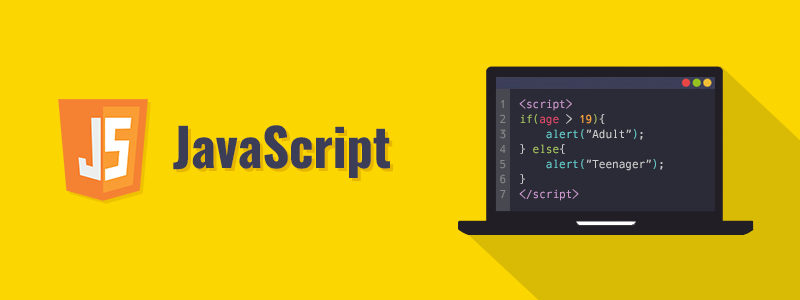
JavaScript has evolved significantly over the years, and with the introduction of ES6 (ECMAScript 2015) and later versions, several powerful features were added. These features not only make JavaScript code more concise but also improve readability and maintainability. In this blog, we'll explore some of the most important ES6+ features, including:
- Template Literals
- Destructuring Assignment
- Spread and Rest Operators
- Default Parameters
- Enhanced Object Literals
- Optional Chaining (?.)
- Nullish Coalescing (??)
1. Template Literals
Template literals allow you to create strings more efficiently by using backticks (`) instead of quotes. They support multi-line strings and variable interpolation using ${}.
Example:
const name = "John";
const greeting = `Hello, ${name}!`;
console.log(greeting); // Output: Hello, John!
const multiLine = `This is a
multiline string.`;
console.log(multiLine);
2. Destructuring Assignment
Destructuring allows you to unpack values from arrays or objects into distinct variables in a clean and readable way.
Array Destructuring:
const numbers = [1, 2, 3]; const [first, second, third] = numbers; console.log(first, second, third); // Output: 1 2 3
Object Destructuring:
const person = { name: "Alice", age: 25 };
const { name, age } = person;
console.log(name, age); // Output: Alice 25
3. Spread and Rest Operators
The spread operator (...) allows you to expand elements of an array or object, while the rest operator (...) collects multiple elements into an array.
Spread Operator:
const arr1 = [1, 2, 3]; const arr2 = [...arr1, 4, 5]; console.log(arr2); // Output: [1, 2, 3, 4, 5]
Rest Operator:
function sum(...numbers) {
return numbers.reduce((total, num) => total + num, 0);
}
console.log(sum(1, 2, 3, 4)); // Output: 10
4. Default Parameters
Default parameters allow you to set default values for function arguments if they are not provided.
Example:
function greet(name = "Guest") {
console.log(`Hello, ${name}!`);
}
greet(); // Output: Hello, Guest!
greet("Mike"); // Output: Hello, Mike!
5. Enhanced Object Literals
ES6 introduced shorthand notation for defining objects, making code cleaner and more readable.
Example:
const age = 30;
const person = {
name: "Jane",
age, // Same as age: age
greet() { // Same as greet: function()
console.log(`Hi, I'm ${this.name}.`);
}
};
person.greet(); // Output: Hi, I'm Jane.
6. Optional Chaining (?.)
Optional chaining (?.) prevents errors when accessing deeply nested properties that might not exist.
Example:
const user = { profile: { name: "Sam" } };
console.log(user.profile?.name); // Output: Sam
console.log(user.address?.city); // Output: undefined (instead of error)
7. Nullish Coalescing (??)
The nullish coalescing operator (??) provides a default value when dealing with null or undefined, but does not override valid values like 0 or false.
Example:
const input = null; const value = input ?? "Default Value"; console.log(value); // Output: Default Value
Conclusion
These ES6+ features enhance JavaScript development by making code more concise and readable. Whether you're working with modern JavaScript frameworks or vanilla JS, mastering these concepts will improve your coding efficiency. Start incorporating them into your projects today!
Leave a Comment